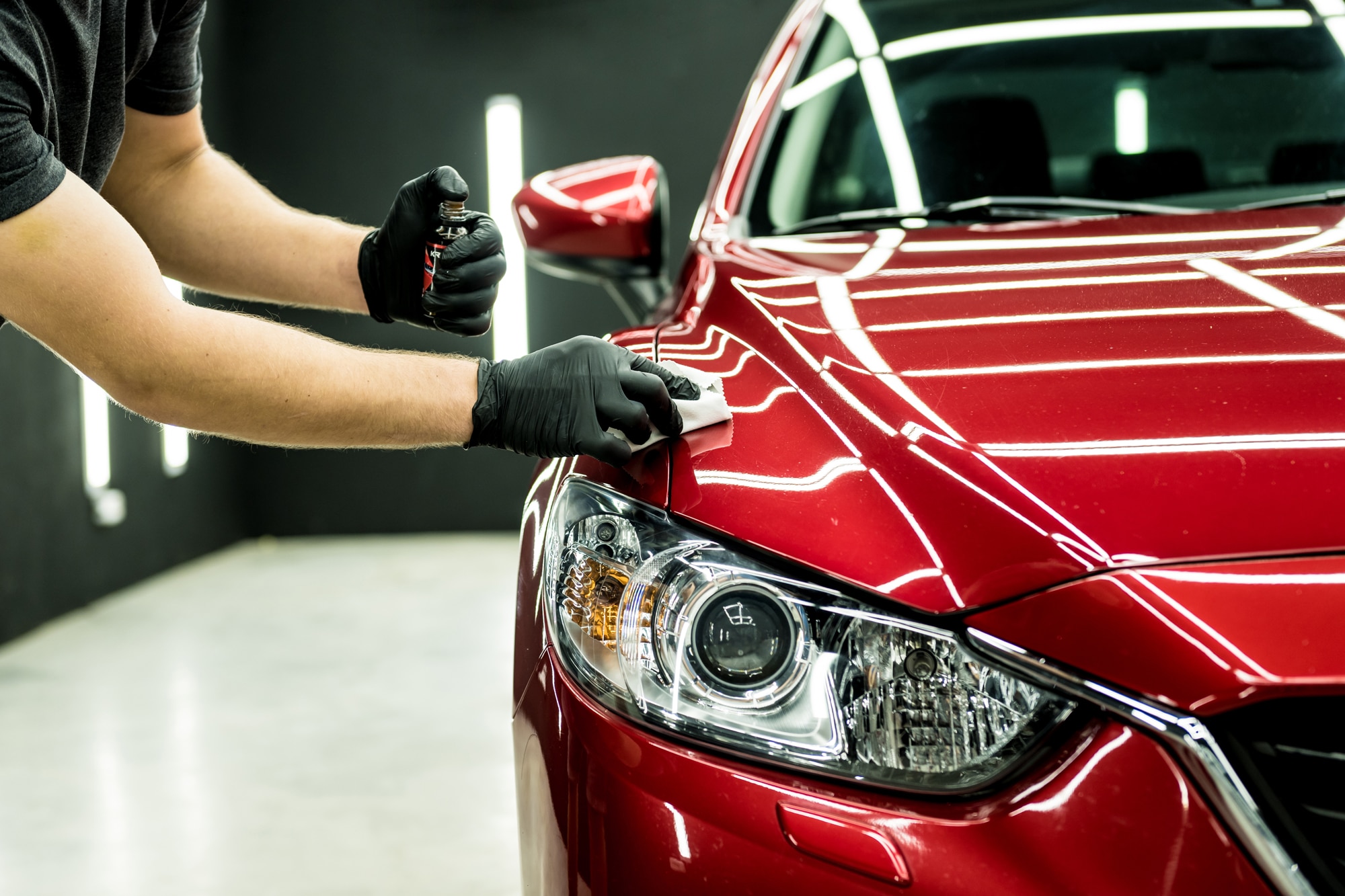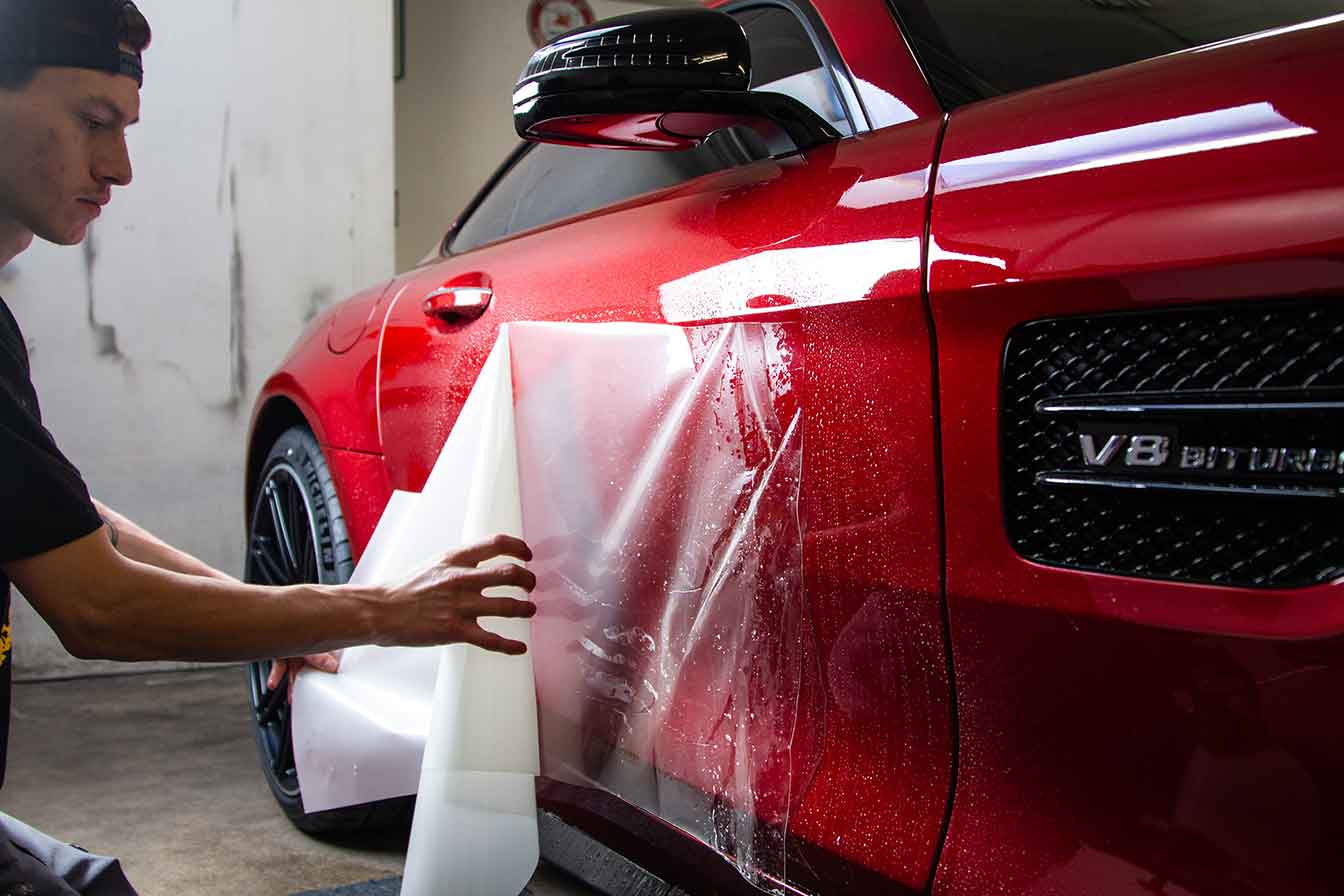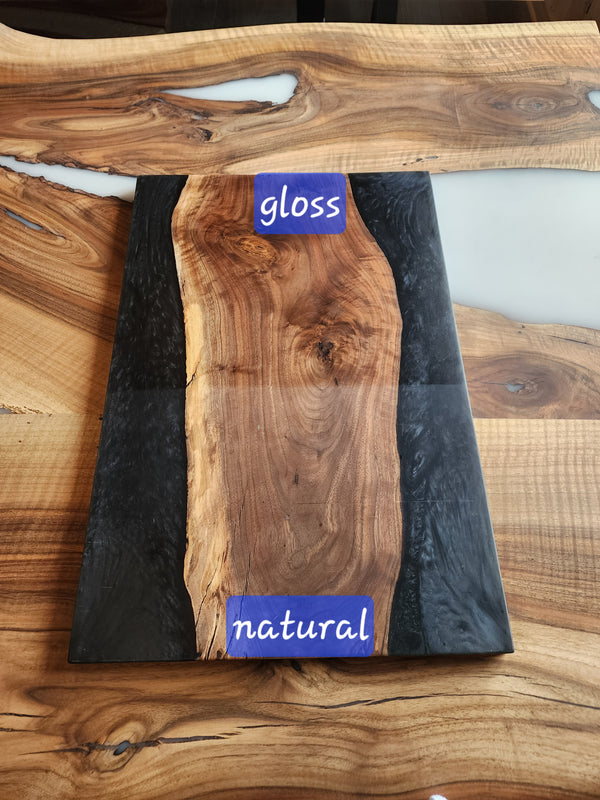Exactly How Ceramic Coating Philadelphia Guards Versus UV Rays and Ecological Damages
Exactly How Ceramic Coating Philadelphia Guards Versus UV Rays and Ecological Damages
Blog Article
Why Ceramic Covering Is the Ultimate Solution for a Remarkable Complete
Ceramic covering has emerged as a leading option for those seeking a remarkable surface for their lorries, many thanks to its amazing toughness and protective attributes. This sophisticated fluid polymer not only bonds seamlessly with factory paint but additionally uses an awesome obstacle versus typical threats such as scratches, UV rays, and toxic wastes. Its hydrophobic properties streamline maintenance while improving visual charm. Understanding exactly how this modern technology compares to traditional techniques and discovering its application subtleties can reveal even much more regarding its worth. What elements really set ceramic coating apart?
What Is Ceramic Coating?

When applied properly, ceramic covering produces a hydrophobic surface that pushes back water and dirt, making it simpler to keep and cleanse. Unlike typical waxes or sealants, which typically supply brief protection, ceramic coatings can last for numerous years, relying on the item quality and application approach. The procedure of applying ceramic covering needs careful preparation, consisting of comprehensive cleansing and occasionally repaint improvement, to ensure optimal bonding and performance.
Ceramic coatings are not restricted to automotive surface areas; they can additionally be used on different materials, consisting of glass, metal, and plastics, offering a versatile service for improving security. On the whole, ceramic covering stands for a substantial innovation in surface defense innovation, incorporating both aesthetic and useful advantages for a variety of applications.
Benefits of Ceramic Finishing
While several surface defense alternatives exist, the benefits of ceramic finish attract attention because of its special properties and long-lasting efficiency. Among the main advantages is its extraordinary longevity. Ceramic Coating Philadelphia. Unlike standard wax or sealants that call for frequent reapplication, ceramic finishes offer a durable layer that can last for a number of years, significantly decreasing upkeep efforts
Another noteworthy benefit is boosted security versus ecological impurities. Ceramic coatings create a hydrophobic surface that fends off water, dirt, and numerous pollutants, making it less complicated to clean up. This function not only preserves the car's appearance but additionally decreases the threat of corrosion and oxidation, specifically in extreme weather.
Moreover, ceramic finishes use premium resistance to UV rays, stopping fading and degradation of paint over time. This UV protection is vital for preserving the visual value of surfaces and vehicles exposed to guide sunshine.
Furthermore, the shiny surface accomplished with ceramic layer enhances the general visual appeal, providing surface areas a showroom-quality sparkle. Overall, ceramic finishes represent a substantial innovation in surface protection modern technology, supplying enduring advantages that deal with both aesthetic and practical requirements.
Just How It Functions
Recognizing the science behind ceramic finishings discloses just how they supply such remarkable protection and longevity. At its core, a ceramic layer is a liquid polymer that chemically bonds with the car's factory paint. This bonding produces a safety layer that is both oleophobic and hydrophobic, repelling water, dust, and oil. The primary component of many ceramic layers is silicon dioxide (SiO2), which is originated from quartz. This substance adds to the layer's solidity and resistance to scrapes, UV rays, and ecological pollutants.
The application procedure entails numerous steps, consisting of surface preparation, which is vital to accomplishing optimal attachment. Once used, the finishing undergoes a treating procedure, throughout which it solidifies and develops a semi-permanent bond with the paint surface area. This bond is what identifies ceramic coverings from typical waxes and sealants, offering a longer-lasting safety barrier that can withstand for many years.
Moreover, the density of the finish can boost its protective high qualities, making certain that it can endure severe problems. Ultimately, the science of ceramic finishings combines sophisticated materials with ingenious application strategies to supply an unmatched degree navigate to this website of defense and visual enhancement for cars.
Comparison With Traditional Techniques
The benefits of ceramic coverings become specifically apparent when contrasted to standard paint protection approaches such as sealants and waxes. While waxes supply a temporary luster, generally lasting a few weeks to a number of months, ceramic finishings provide a resilient protective layer that can sustain for numerous years. This longevity significantly minimizes the regularity of reapplication, making ceramic layers a more economical option in time.
Additionally, conventional techniques commonly require extensive prep work and several applications to attain a satisfactory level of security. On the other hand, ceramic finishings bond at a molecular degree with the vehicle's surface area, producing a durable guard against content environmental pollutants like UV rays, acid rain, and roadway salts. This bond boosts the car's resistance to scratches and swirl marks, which prevail with standard waxes and sealers.
Additionally, the hydrophobic residential properties of ceramic finishings drive away water and dust, causing less complicated cleaning and upkeep. On the other hand, wax and sealant-treated surfaces can bring in grime, demanding even more constant cleaning - Ceramic Coating Philadelphia. Overall, ceramic finishes not only provide premium protection however likewise supply a more enduring and visually attractive finish, developing them as the preferred selection for critical automobile owners
Application and Maintenance Tips

Utilizing a foam applicator, use the finishing in tiny areas, complying with the producer's standards concerning density and overlap. Permit adequate healing time in between coats, commonly 24-hour, to ensure appropriate bonding. After application, it is critical to prevent direct exposure to water or severe elements for at least a week to allow the finish to totally heal.
Additionally, making use of a ceramic Your Domain Name upkeep spray can boost the covering's hydrophobic buildings and durability. Regular assessments for any indicators of wear will aid maintain the covering's stability and protect that immaculate surface.
Conclusion
In conclusion, ceramic covering emerges as an exceptional alternative for attaining a flawless vehicle coating. By creating a durable bond with manufacturing facility paint, ceramic coating properly guards versus scrapes, UV rays, and ecological contaminants.

Report this page